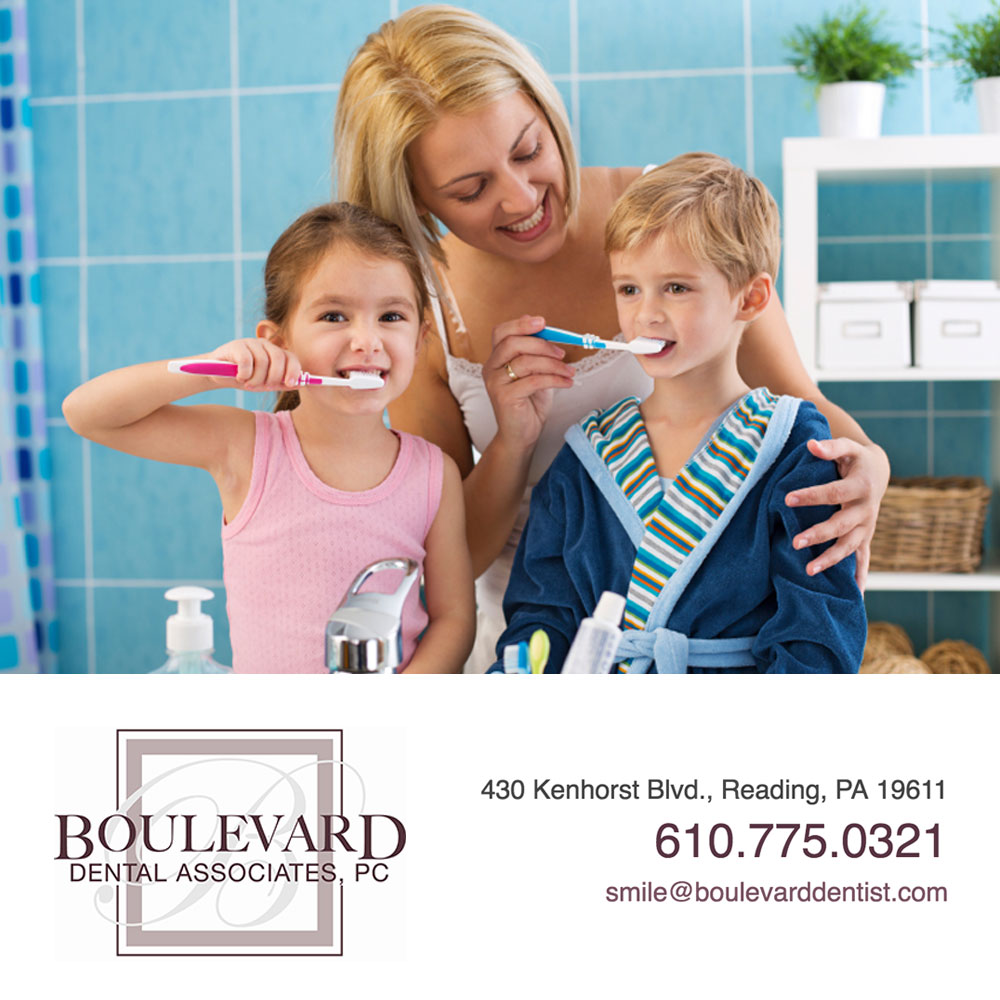
Did you know that your child’s oral hygiene is not as simple as brushing and flossing? Much more is known today than ever before about how to help your child prevent cavities and maintain a healthy mouth. Below are recommendations from several online ADA articles that instruct caregivers on the proper oral hygiene for kids.
First Dental Visit:
You may be surprised to know that your child should schedule their first dental visit as soon as their first tooth appears, but no later than their first birthday, says the online ADA article, “10 Things to Know About Your Tot’s Teeth.” The article explains that the reason for this is because as soon as they have teeth, they are able to get cavities. Another ADA online article entitled, “Healthy Habits” explains that at this first visit, the doctor will also look for oral injuries or other problems, let you know if your child is at risk of developing tooth decay, provide tips for daily care and discuss teething, pacifier use, or finger/thumbsucking.
When to Start Brushing & Flossing:
The above ADA article, “10 Things to Know About Your Tot’s Teeth,” recommends that you begin brushing your child’s teeth with fluoride toothpaste as soon as their first teeth appear. Flossing should begin as soon as any teeth begin to touch.
Instructions for Brushing:
In another ADA online article, “8 Secrets to a Successful Back-to-School Dental Checkup,” it is recommended to brush twice a day for two minutes and floss once a day. In “10 Things to Know About Your Tot’s Teeth,” they add the importance of a child-size toothbrush. In addition, if a child is 3 or younger, the amount of fluoride toothpaste that should be used is about the size of a grain of rice, and if 3 or older, a pea-sized amount is recommended.
Age-Appropriate Guidelines:
Dr. Hayes, in the above “8 Secrets to a Successful Back-to-School Dental Checkup,” gives several guidelines for oral care based upon a child’s age.
Ages 6 and Under
Dr. Hayes explains that a child this age does not have the fine motor skills needed to do a thorough teeth cleaning. That is why he recommends you allow these children to start the cleaning process, but that you jump in when needed.
Ages 7-12
The biggest challenge at this stage, says Dr. Hayes, is not teaching your child what to do, but helping them have the motivation for proper hygiene. The parent’s job at this juncture is encouragement, and sometimes taking over when needed.
Ages 12-18
Dr. Hayes refers to research that shows higher incidences of cavities in young children, and in teenagers and young adults. He explains that this may be due to a lack awareness of the consequences of improper hygiene, especially if teens have not had a lot of previous cavities. Parents at this stage can help encourage their teens to see the importance of their oral hygiene into their adulthood.
We love treating children here at Boulevard Dental. We also love educating parents on how to help their children with proper oral hygiene. There is no greater joy than to treat generations of family members here at Boulevard Dental who develop healthy hygiene habits at an early age—hygiene habits that can last a lifetime!
Sources:
“10 Things to Know About Your Tot’s Teeth” – http://www.mouthhealthy.org/en/babies-and-kids/kids-quick-tips?source=promospots&content=topstories&medium=kids_quick_tips:
“Healthy Habits” – http://www.mouthhealthy.org/en/babies-and-kids/healthy-habits
“8 Secrets to a Successful Back-to-School Dental Checkup” – http://www.mouthhealthy.org/en/babies-and-kids/back-to-school
